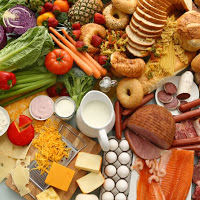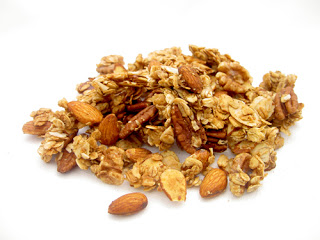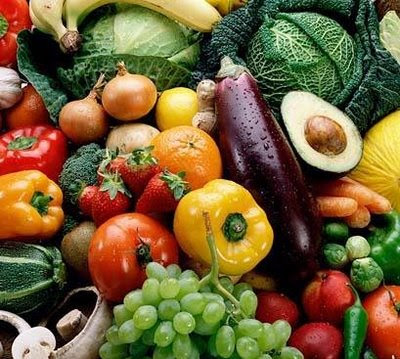In our daily lives, we have four possible sources of energy: fat, carbs, protein, and alcohol. Have you ever wondered how your body decides what to use as fuel, and how excess calories get stored as fat? Or whether our bodies could preferentially choose to burn fat and carbs and store the excess protein as ultra-awesome lean muscle?
Here are the answers to these ‘burning’ questions.
PROTEIN:
Our bodies very carefully regulate how much protein is in our bodies, and is quick to balance and dispose of extra protein as needed. When we eat protein, 20-25% of the calories are actually used up just to digest and deal with the protein. As we eat protein, it induces a strong fullness response that tells us to stop eating. Protein is carefully managed by the body for distribution to our cells as needed, and can also be broken down into an energy source directly. During weight loss, our bodies are careful to minimize protein losses, such that about 2/3 of weight that is lost is fat and the other 1/3 lost is the more protein rich lean body mass.
CARBS:
We store between 200-500g of carbs in our bodies as glycogen, which can be broken down quickly for a fuel source as needed. Carbs are a major source of daily energy. If more carbs are eaten than what is needed for energy, some is stored as glycogen. When glycogen stores are full, any excess carbs eaten are converted to fat and stored in fat tissue.
ALCOHOL:
Because our bodies consider alcohol to be a toxic substance, our bodies preferentially burn the calories in alcohol before anything else, in an effort to get it out of our system. All fat burn stops when alcohol enters our system. Unlike protein, carbs, and fat, alcohol has no ability to cause a sense of fullness, so the alcohol calories we drink end up being additional to our food intake.
FAT:
While protein, carbs, and alcohol are carefully balanced, the same is not true for fat. Fat is the ultimate and essentially endless energy storage depot. Excess carbs are turned to fat; alcohol is metabolized instead of fat; and excess fat intake is stored as fat. Fat intake does not promote fat use as an energy source – carbs are used first, and if the carb calories eaten are sufficient, the excess fat calories in the diet go directly to fat storage. Fat also gives less fullness signals to the brain (protein gives the most, followed by carbs, followed by fat). Fat cannot be converted to protein or carb – it can only be broken down for energy, or stored as fat.
In people with obesity, there is less capacity to use fat as an energy source, which is at least partly genetically determined. As people with obesity lose weight, fat is used less and less as an energy source, because the body is trying to defend its energy storage (for times of famine back in evolutionary days). Exercise can help to increase fat burn during and after weight loss, to help prevent weight regain. A higher calcium intake, especially from dairy sources, helps to burn fat as a fuel, and also promotes some fat loss in the stool (about 50-75 cal per day worth), as well as helping to control appetite.
There is also a complex interplay that determines whether excess fat is stored around the organs (the more metabolically dangerous ‘visceral’ fat) or whether it is stored in the safer location under the skin (subcutaneous fat). There is a strong genetic determination of whether a person stores fat in each location. Higher cortisol levels, which are increased by stress and sleep deprivation, promote fat deposition in visceral areas.
So, while the way each of us burns fuel definitely has a strong genetic component, there are a number of things we can do to optimize our individual situation:
- eat a higher protein diet (unless you have kidney problems)
- minimize alcohol
- eat an appropriate amount of carbohydrates (as excess is converted to fat)
- limit fat intake
- get enough calcium (from dairy if possible)
- decrease stress in your life
- and get enough sleep!












